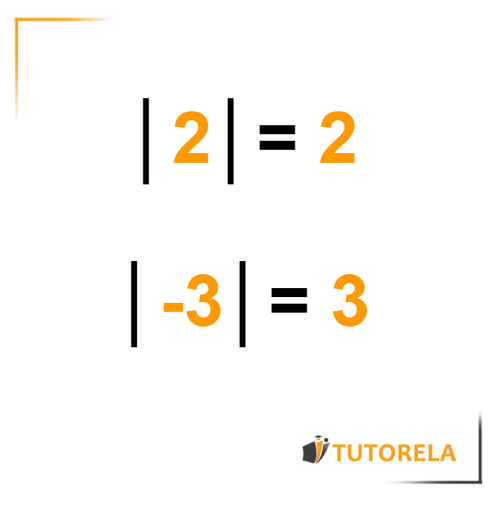The "absolute value" may seem complicated to us, but it is simply the distance between a given number and the figure .
Absolute Value Practice Problems - Free Worksheets & Solutions
Master absolute value with step-by-step practice problems. Learn distance from zero, solve equations, and work with positive and negative numbers effectively.
- Calculate absolute values of positive and negative numbers using distance concept
- Solve absolute value equations by dividing into two cases systematically
- Compare absolute values using inequality symbols (<, >, =) accurately
- Evaluate complex expressions involving absolute value and arithmetic operations
- Apply absolute value rules to real-world distance and measurement problems
- Identify when absolute values equal the original number versus its opposite
Understanding Absolute value
What is absolute value?
An absolute value is denoted by ││ and expresses the distance from zero points.
The absolute value of a positive number - will always be the number itself.
For example:
The absolute value of a negative number: will always be the same number, but positive.
For example:
Note that the absolute value of a number will always be a positive number given that distance is always positive.

The absolute value of a number is the distance between the number itself and 0 along a number line.
For example:
- The distance between the number and is units. Therefore, the absolute value of is .
- The distance between the number and is also units. Therefore, the absolute value of will also be .
As we can see, from the point of view of absolute value, it doesn't matter if the number is positive or negative.
To denote the absolute value, the number is written between two vertical lines.
Practice Absolute value
\( \left|-4\frac{3}{4}\right|= \)
Examples with solutions for Absolute value
These signs in the exercises refer to the concept of "absolute value",
In absolute value we don't have "negative" or "positive", instead we measure the distance from point 0,
In other words, we always "cancel out" the negative signs.
In this exercise, we'll change the minus to a plus sign, and simply remain with 19 and a quarter.
And that's the solution!
Answer:
Determine the absolute value of the following number:
The "absolute value" can be viewed as the distance of a number from 0.
Therefore, the absolute value will not change the sign from negative to positive, it will always be positive.
Answer:
To find the absolute value of , we will use the definition of absolute value, which states:
- If a number is positive or zero, then its absolute value is the same number: .
- If a number is negative, then its absolute value is the positive version of that number: .
Let's apply this to our problem:
Since is a positive number, its absolute value is simply itself:
Therefore, the absolute value of is .
Looking at the given answer choices:
- Choice 1: "There is no absolute value" is incorrect, as every real number has an absolute value.
- Choice 2: is incorrect, because absolute values are never negative.
- Choice 3: is incorrect, as the number is not zero.
- Choice 4: is correct, as it matches the calculated absolute value.
Thus, the correct choice is .
Therefore, the solution to the problem is .
Answer:
To solve this problem, we will determine the absolute value of the number 3:
- Step 1: Recognize that the number given is 3, which is a positive number.
- Step 2: According to the rules of absolute values, the absolute value of a positive number is the number itself.
- Step 3: Therefore, .
In conclusion, the absolute value of 3 is .
Answer:
When we have an exercise with these symbols || we understand that it refers to absolute value.
Absolute value does not relate to whether a number is positive or negative, but rather checks how far it is from zero.
In other words, 2 is 2 units away from zero, and -2 is also 2 units away from zero,
Therefore, absolute value essentially "zeroes out" the negativity of the number.
|-2| = 2
Answer: